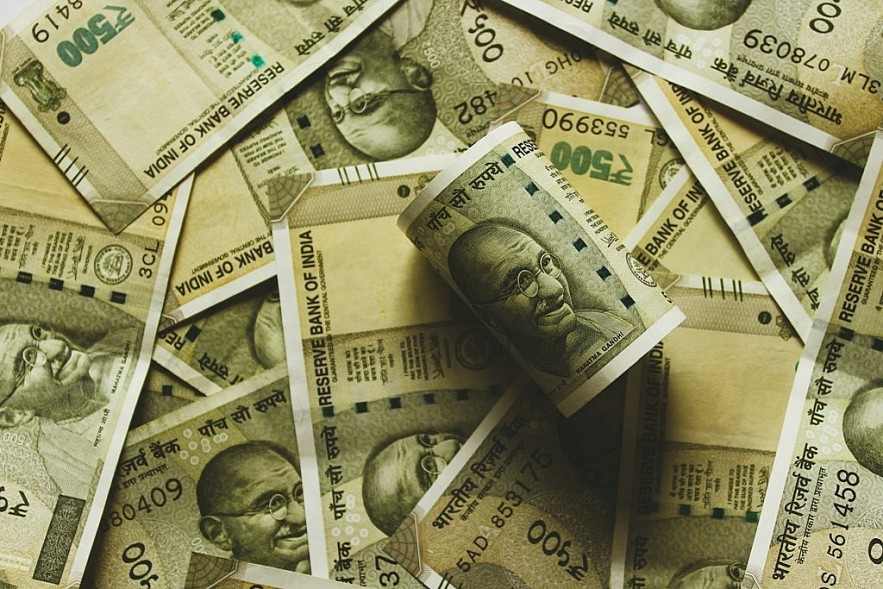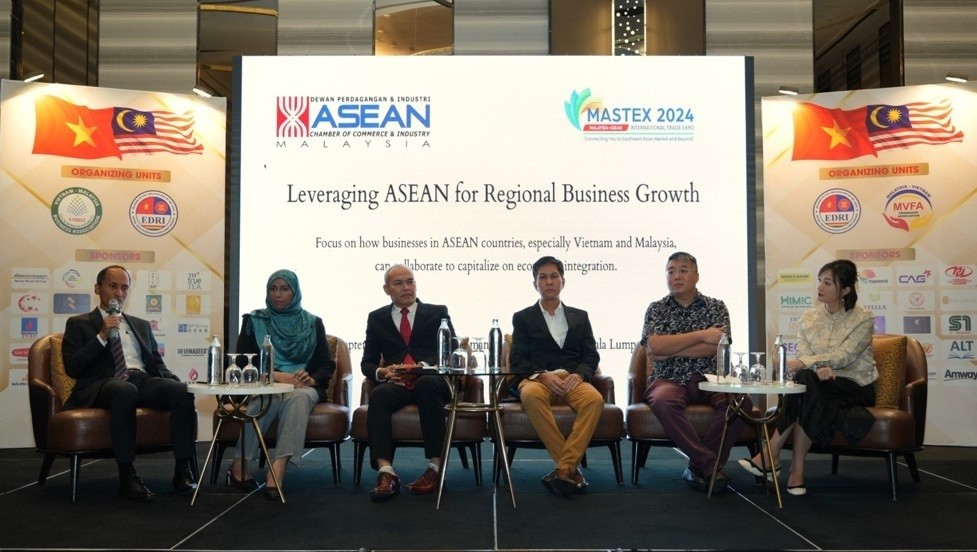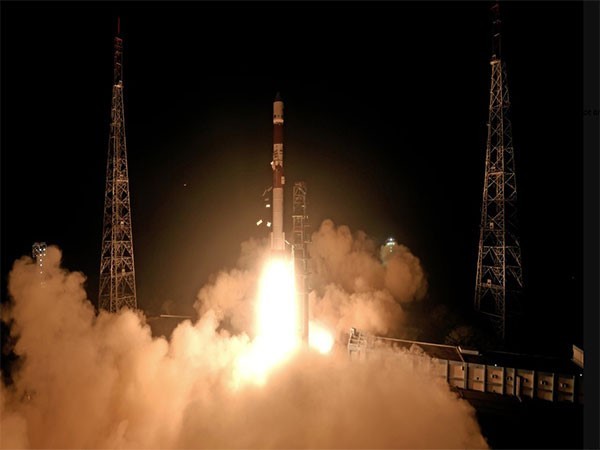Perspectives on Indian lines of credit to Bangladesh
 |
| Unsplash Representational Image |
More than 64 percent credit among the top 10 borrowers is deployed in Bangladesh, Nepal, Sri Lanka and Myanmar, keeping in tune with India’s Neighborhood First policy. The highest recipient of Indian LOCs has been Bangladesh.
These loans carry one per cent interest rate and 0.5 per cent commitment fee. The repayment period would be 20 years with a moratorium period of five years. India’s Development cooperation with Bangladesh is based on the modern concept of a development compact which provides for development assistance that works at five different levels: trade and investment; technology exchange; skills upgradation; lines of credit (LoCs); and finally, grants.
Prime Minister Narendra Modi, during his visit to Dhaka in 2015, said that Bangladesh is not merely a neighbour' but a nation with which India shares 'enduring links. President Ram Nath Kovind has termed Bangladesh India's 'closest neighbour'. During her last visit to Dhaka, External Affairs Minister Sushma Swaraj termed the partnership 'all encompassing', stating that it goes 'far beyond a strategic partnership' and touches upon 'virtually all areas of human endeavour. She also said, 'Padosi pehele, lekin Bangladesh sabse pehele' [Neighbours first, but Bangladesh is before everybody]. It is gratifying that the current state of our relations is at its height, and we are further consolidating our ties based on the principles of 'mutual benefit' and 'a shared future'.
India had extended a line of credit worth US$ 1 billion to Bangladesh in 2010 for developing the infrastructure and communications sector. The Indian government has subsequently converted US$ 200 million out of the US$ 1 billion LOC as grant assistance in June 2012 which was used by Bangladesh to commence groundbreaking work on its ambitious Padma Bridge project, designed to exponentially facilitate east-to-west connectivity across Bangladesh. The remaining 80 per cent was increased to US$ 862 million. This was entirely used on rail/road connectivity upgradation and modernisation. At that time, this was the single biggest LoC India had ever extended to any country in one announcement (and the single largest that Bangladesh had received from any single donor).
A second LoC worth US$ 2 billion was announced during the Indian PM’s visit to Bangladesh in June 2015. This LoC would cover projects in areas of roads, railways, power, shipping, Special Economic Zones (SEZs), health and medical care, and technical education.
Such has been the impact of the first and second LoC to Bangladesh, that a third LoC of US$ 4.5 billion was operationalised in October 2017 during the two day visit of the Indian finance minister to Dhaka. This is by far the single largest credit line offered by India to any country, taking the total concessional credits extended to Bangladesh to more than US$7.3 billion.
India not only provides concessional finance to Bangladesh through LoCs, but there is also a component of capacity building, skills and technology transfer. Financial assistance through LoCs provides Bangladesh with much needed investment in infrastructure as well as an avenue for training to build the capacity of Bangladeshi personnel to operate and maintain the assets procured under the supply projects.
Unfortunately, information regarding the implementation, monitoring and the impact of completed projects is not well documented. On the other hand, India’s development cooperation extended through LoCs to Bangladesh lives up to the normative aspect of noninterference in domestic affairs of the recipient country.
However, one thing is certain that the Indian Lines of credit fills the necessary investment gap in Bangladesh’s transport sector which traditional donors like the World Bank and JICA had been sceptical of. Moreover, project selection and fund disbursements from the traditional providers require lengthier appraisal procedures.
Recommended
 Economy
Economy
"Asia Economic Cooperation Forum 2025" to be Held in Shanghai, China
 Economy
Economy
CNBC: Vietnam Officially Becomes The World's "Durian King"
 Economy
Economy
